I am writing a program in Python to loop through images extracted from the frames of a video and detect lines within them. The images are of fairly poor quality and vary significantly in their content. Here are two examples: Sample Image 1 | Sample Image 2
I am trying to detect the lasers in each image and look at their angles. Eventually I would like to look at the distribution of these angles and output a sample of three of them.
In order to detect the lines in the images, I have looked at various combinations of the following:
- Hough Lines
- Canny Edge Detection
- Bilateral / Gaussian Filtering
- Denoising
- Histogram Equalising
- Morphological Transformations
- Thresholding
I have tried lots of combinations of lots of different methods and I can't seem to come up with anything that really works. What I have been trying is along these lines:
import cv2
import numpy as np
img = cv2.imread('testimg.jpg')
grey = cv2.cvtColor(img,cv2.COLOR_BGR2GRAY)
clahe = cv2.createCLAHE(clipLimit=2.0, tileGridSize=(8, 8))
equal = clahe.apply(grey)
denoise = cv2.fastNlMeansDenoising(equal, 10, 10, 7, 21)
blurred = cv2.GaussianBlur(denoise, (3, 3), 0)
blurred = cv2.medianBlur(blurred, 9)
(mu, sigma) = cv2.meanStdDev(blurred)
edge = cv2.Canny(blurred, mu - sigma, mu + sigma)
lines = cv2.HoughLines(edge, 1, np.pi/180, 50)
if lines is not None:
print len(lines[0])
for rho,theta in lines[0]:
a = np.cos(theta)
b = np.sin(theta)
x0 = a*rho
y0 = b*rho
x1 = int(x0 + 1000*(-b))
y1 = int(y0 + 1000*(a))
x2 = int(x0 - 1000*(-b))
y2 = int(y0 - 1000*(a))
cv2.line(img, (x1, y1), (x2, y2), (0, 0, 255), 2)
cv2.imshow("preview", img)
cv2.waitKey(0)
This is just one of many different attempts. Even if I can find a method that works slightly better for one of the images, it proves to be much worse for another one. I am not expecting completely perfect results, but I'm sure that they could be better than I've managed so far!
Could anyone suggest a tactic to help me move forward?



